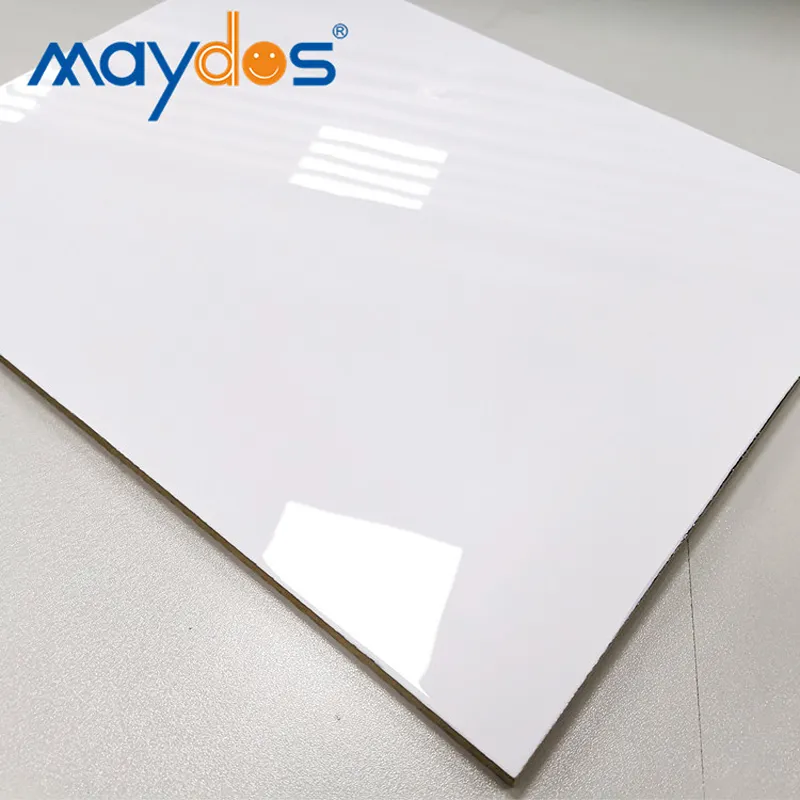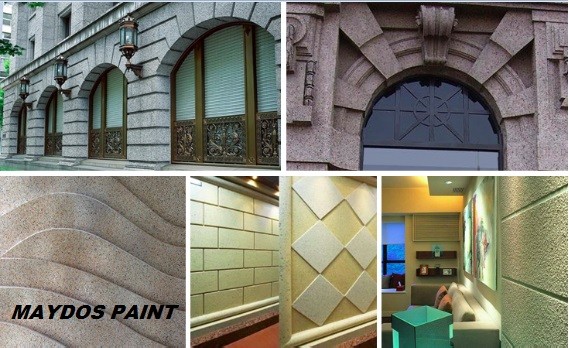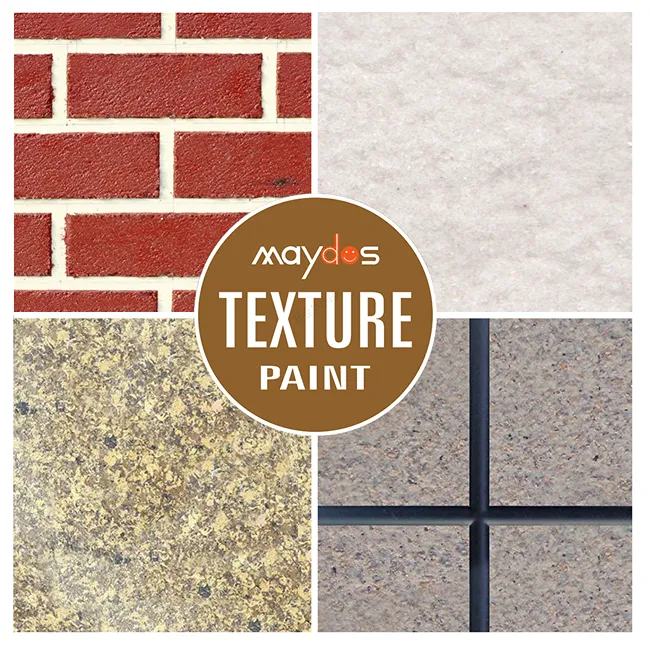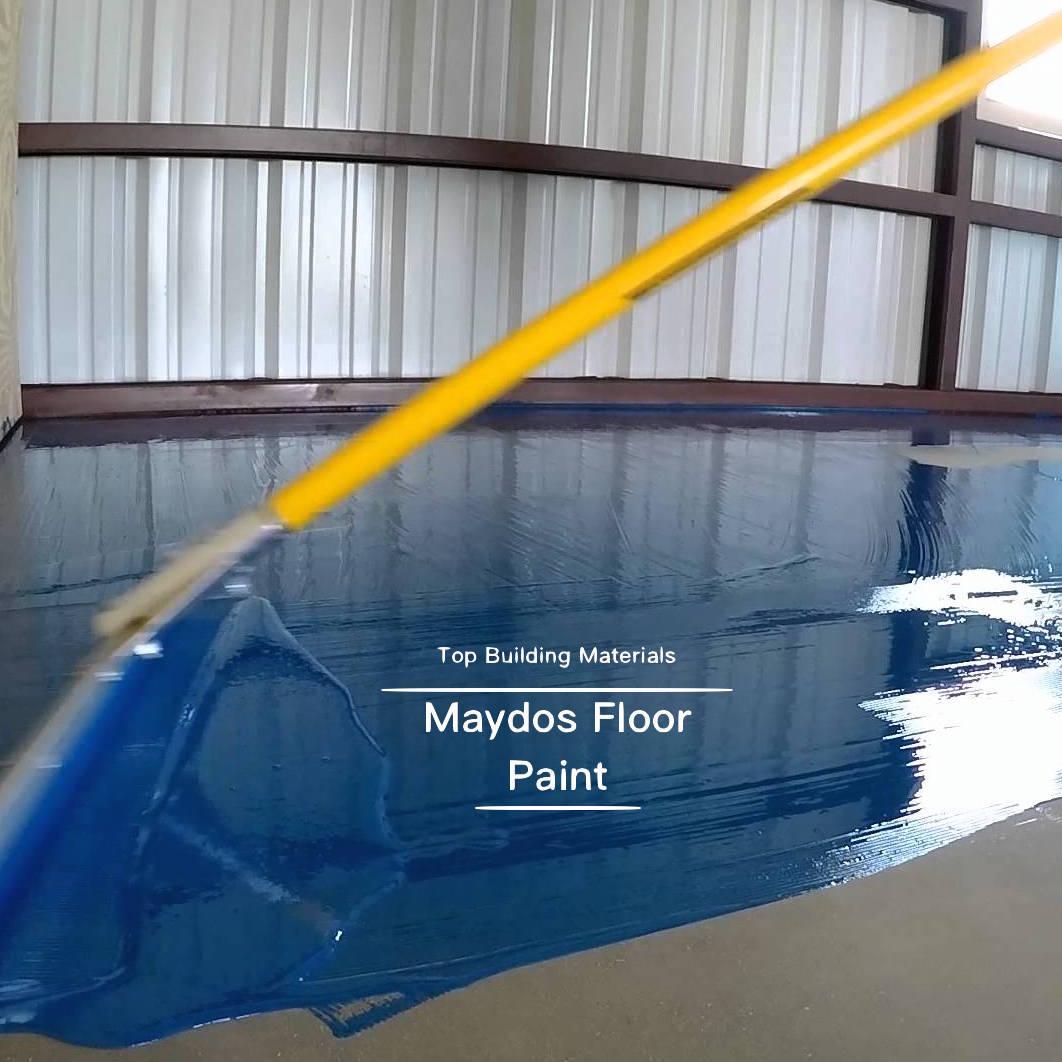Wood Paint
There are four types of wood paint: Oil-based, acrylic craft, latex, and alkyd. Before you apply the paint, you must prepare the surface by sanding it smooth. This will prevent paint from seeping into the wood. Read on for tips on applying these paints. Once you’ve completed all these steps, you’re ready to begin painting. Wood paint comes in a wide variety of colors and finishes, so you’ll be able to find one that matches your decor.
Oil-based paint
When painting wood, you need to decide on which type to use. Oil-based paints are typically thicker than water-based versions. You should also choose the color carefully, as oil and water don’t mix well. If you’re planning on painting a light-colored wood surface, you may want to opt for a lighter primer. If you’re painting a darker surface, opt for a darker primer.
Many artists paint on various surfaces, including canvas. However, wood is more durable and archival than canvas. Therefore, painters use oil paints on wood often. However, before using oil paints on wood, it’s essential to ensure that the wood surface has dried completely. Otherwise, it may warp or rot. Lastly, oil paints on wood require primer. For this reason, you should always prepare the surface with the proper primer.
Among the two main types of wood paint, oil-based wood paints are the most popular. They are available in various finishes and are easy to apply. Oil-based wood paints are characterized by high hardness, but they also carry the risks of pollution and burning. However, water-based wood paints are safer for the environment and contain no hazardous materials, unlike oil-based paints. In addition, water-based wood paints are non-volatile and do not burn, and they have lower odor than oil-based paints.
Another type of oil-based wood paint is a natural, oil-based finish. This type of finish seals wood, but it does require several coats and must be applied at least once a year to keep its protective qualities intact. Oil-based products are also easier to touch up if scuffs or scratches occur, and they are relatively inexpensive. And the benefits are worth the extra money. It’s an excellent choice for many different purposes.
Acrylic craft paint
The artist-quality acrylic paints that are sold for craft wood painting are excellent choices. They provide rich colors and superior coverage. They dry quickly and are easy to clean with soap and water. They are also packaged in attractive, durable boxes that can last for a long time. Craft paint is a great choice for students, children and adults of all ages who enjoy using their imaginations to paint their own creations. Its affordability and ease of use also make it a great choice for home use.
To start painting, apply the primer first. It helps the paint adhere to the surface better. Primer can be applied by brush strokes or sprayed. Allow the primer to dry completely overnight before applying the paint. You can then paint the wood. If you are using acrylic paint, use a high-quality roller brush to apply it evenly. It is important to allow the primer to dry completely before moving on to the next step.
When selecting a paint, consider the finish and texture of the surface. If the finish is not high-gloss, it will evaporate from the surface and the color will not absorb well. This could cause problems with the structure of the finished piece. In addition, consider the safety aspect. A good craft paint for wood should adhere to the standard ASTM D-4236 for the USA and EN 71-3:2019 for Europe. Additionally, it should be BPA-free if it is packaged in a plastic container. These factors are generally listed on the packaging and product description pages.
If you plan on painting wood, it is important to seal it first. By doing so, you prevent paint from sucking up the wood’s pores and resulting in warping. A good primer will also prevent liquids from ruining the flush look of the wood. Then, apply the paint. The next step is to seal the wood with a transparent sealer. You must also prime the wood after applying the paint. If the wood is unfinished, you can apply stain-blocking primer to protect the wood.
Alkyd paint
If you’re planning to paint your wood furniture, you should first learn more about alkyd paint. This type of paint is known to have unique characteristics. This article is written to explain how alkyd paint works and why it is the most popular choice for many homeowners. This article was originally published in Aug 2019 and has been updated to reflect the latest information. You can find the complete description below. Also, keep in mind that alkyd paint for wood is much harder than acrylic and latex paint.
Alkyd wood paint is a type of paint that is based on an organic solvent, typically refined kerosene. It contains coloring pigments, fillers, and solvents, and varies depending on the type of wood. It also has several unique advantages, including fast drying time and low cost. However, alkyd paint is not recommended for wood that is susceptible to moisture or humidity. It also cannot withstand high temperatures.
Another type of alkyd paint for wood is hybrid alkyd. It combines the best qualities of acrylic and water-borne paint. Its lower VOCs make it more suitable for outdoor use. It also requires two coats to create a tough protective coating. A clear coat is optional. Hybrid alkyd paint for wood can be used both indoors and outdoors. Make sure to use a primer before applying the paint.
Oil-based paints take a long time to dry. They are most suitable for rarely-used pieces of furniture. However, you should be aware that oil-based paints can be stubborn to remove once spilled. So, if you plan to paint your wooden furniture, use primer first. It will help restore the natural patina and protect the wood. In addition, natural wood paints won’t rust.
Latex paint
Latex paint isn’t meant to be applied directly to wood substrates, and there are plenty of better finishing materials for industrial wood furniture projects. Latex paint is easy to generate color variations with a base coat, enamel or toners. The main purpose of latex paint on wood finishing is to create special effects. It is much easier to achieve these effects with latex paint than with any other type of paint. Here are some advantages of latex paint for wood finishing.
A water-based paint is easy to apply and clean. It also dries quickly, making it ideal for furniture refinishing. You can also reuse leftover latex paint when painting wooden furniture. Water-based paints are also easier to apply to pressed wood, making them a popular choice for furniture refinishing projects. But remember that latex paint isn’t as durable as oil-based paint. You’ll need primer to protect the surface first.
When applying latex paint to wood, you need to prime it first. This step is important regardless of the color of the paint you intend to apply. Light-colored paints will need a light-colored primer, while dark-colored paints will require a darker one. You should also avoid scrubbing the painted surface for at least a month to allow the paint to dry completely. After that, you should follow the manufacturer’s instructions when applying multiple coats of latex paint.
If you’re looking for a paint that will preserve the original look of the wood while protecting it from the elements, latex is an excellent option. This type of paint is highly durable, easy to clean, and offers low VOC. It is also easy to apply. There are a variety of finishes and colors available on latex paint for wood. You can even use it for toy models and canvas. You can also use it for murals and other large art works.
Wood epoxy
There are three main steps involved in applying wood epoxy paint. You must follow them carefully or you will have to start over. The application of wood epoxy paint is a detailed process and if you skip any step, the project will have to be redone. First, sand the wood with sandpaper of 120 to 220 grit. This will give your wood a smooth, flat surface. Also, be sure to sand with the grain of the wood.
Then, clean the wood properly. Use a damp microfiber cloth or a brush to remove dust. You can also use a small vacuum to remove excess dust. You should use painter’s tape to prevent paint from dripping onto other parts of the wood. Also, ensure that the surface of the wood is level and flush with the workbench, since if the surface is not level, the epoxy could leak. If the wood is not flat, only use painter’s tape on the edges.
Finally, make sure to clean the wood surface thoroughly. You should also make sure to check the humidity level in your home, since trapped moisture may damage the finish. There are several different types of wood epoxy paint available, and each one offers a unique set of benefits. You should research each of them carefully, and choose the best type for your needs. By doing so, you’ll end up with a long-lasting, beautiful finish for your wooden projects.
If you’re painting individual pieces of wood, use a foam brush to spread the epoxy mixture evenly. Heat can remove air bubbles, and you should allow the epoxy to dry thoroughly before applying the next coat of paint. If you’re using a roller, you should cover the entire surface with primer. After the primer dries, you can apply the wood epoxy paint. You should leave the area to dry for four hours before applying another coat.





















